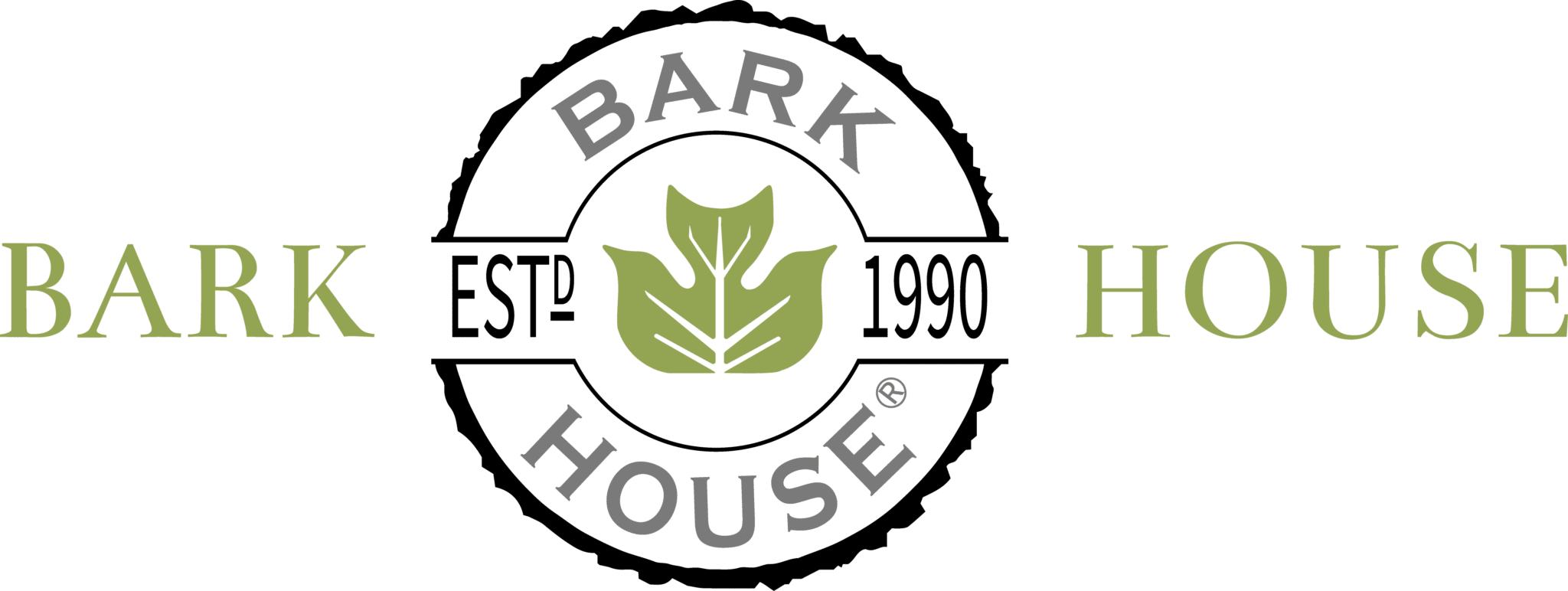Bark House –Poplar Bark Shingle Siding Resistance To Insects and Woodpeckers
Two critical factors make Bark House® Poplar Bark Shingles resistant to insects and woodpeckers. The first is a natural compound that the bark produces. The second is the advantage of our kiln-drying process.
Tulip Poplar (Liriodendron tulipifera) bark is naturally resistant to bugs and woodpeckers. They have no reason to ingest the bark because it has no nutritional value. Additionally, trace amounts of Alpha Pinene are present in the bark of the tulip poplar tree. The compound is noticeable in freshly harvested bark, exhibiting a turpentine scent. Forest Service Entomologists confirm that the Alpha Pinene content of the bark makes it resistant to insect damage. The testing we performed during the phase of developing bark wall finishes included chemical analysis. Even though Alpha Pinene is a volatile organic compound for insects, the amounts present in tulip poplar bark do not exceed levels hazardous to humans. Bark House poplar wall finishes pass the California Classroom VOC Emission Standard and earned a Cradle to Cradle Platinum Material Health Certification.
Bark House Poplar Bark Shingles are kiln-dried to sterilization levels. Heat sterilization is currently the most practical and environmentally friendly treatment to kill pests in bark materials. It prevents their transfer between regions, states, and countries. Pests (invasive and non-invasive) can cause significant economic and ecological damage when introduced into areas. The entomology research on this topic has facilitated the development of international standards for heat sterilization of various solid wood materials. A heat treatment process is complex, with controlled temperatures and heat treatment schedules. Because Bark House® products are always sterilized in our specifically designed kilns that meet USDA phytosanitary guidelines and enforcement regulations, you are assured of a pest-free quality product.
The Issue of Woodpeckers
Woodpeckers crave insects as food. When the food has been eliminated, the main reason for woodpecker disturbance is also gone. Woodpeckers may still want to check out the possibility of nesting. They can do this for any wood (or bark) product. They peck because the wall gives a hollow sound that is attractive. They will eventually give up, but there are a few steps you can take to hasten this.
1. Don’t put up birdfeeders near your house.
2. Attach a shiny object to the eave of the house to scare them away.
3. Attach an owl decoy.
Join Our Community
Get Exclusive Updates & Inspiration
Subscribe to receive the latest news about sustainable practices, design trends, and
exclusive offers on our premium bark and wood products.
Join over 2,000+ architecture and design professionals
Monthly Digest
Curated content about
sustainable architecture
Early Access
Be first to know about new products
Monthly Digest
Professional advice and best practices
